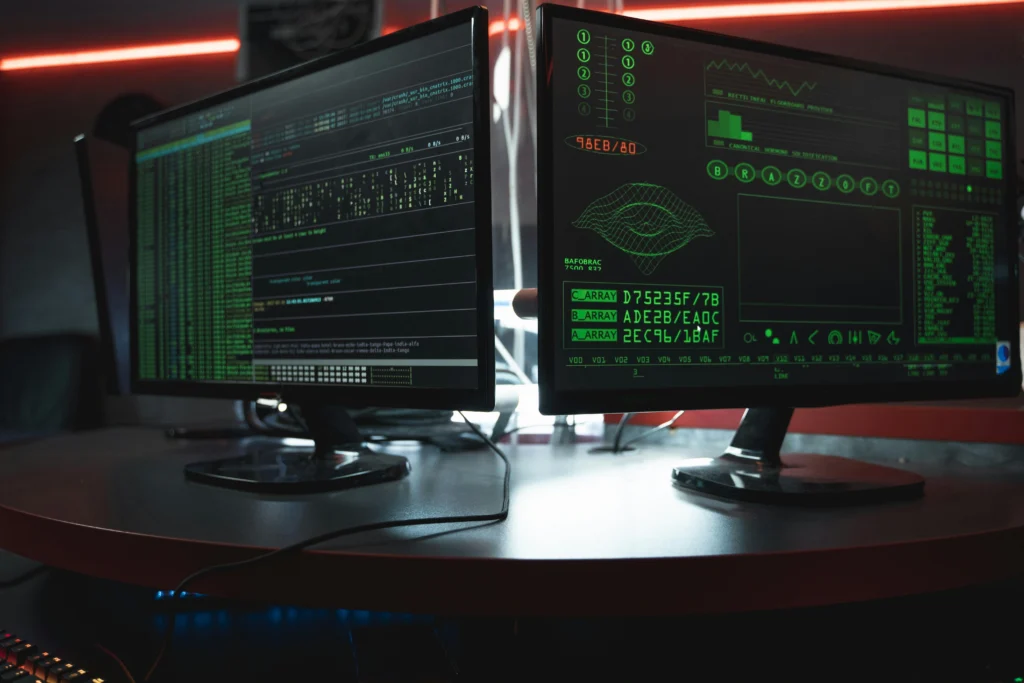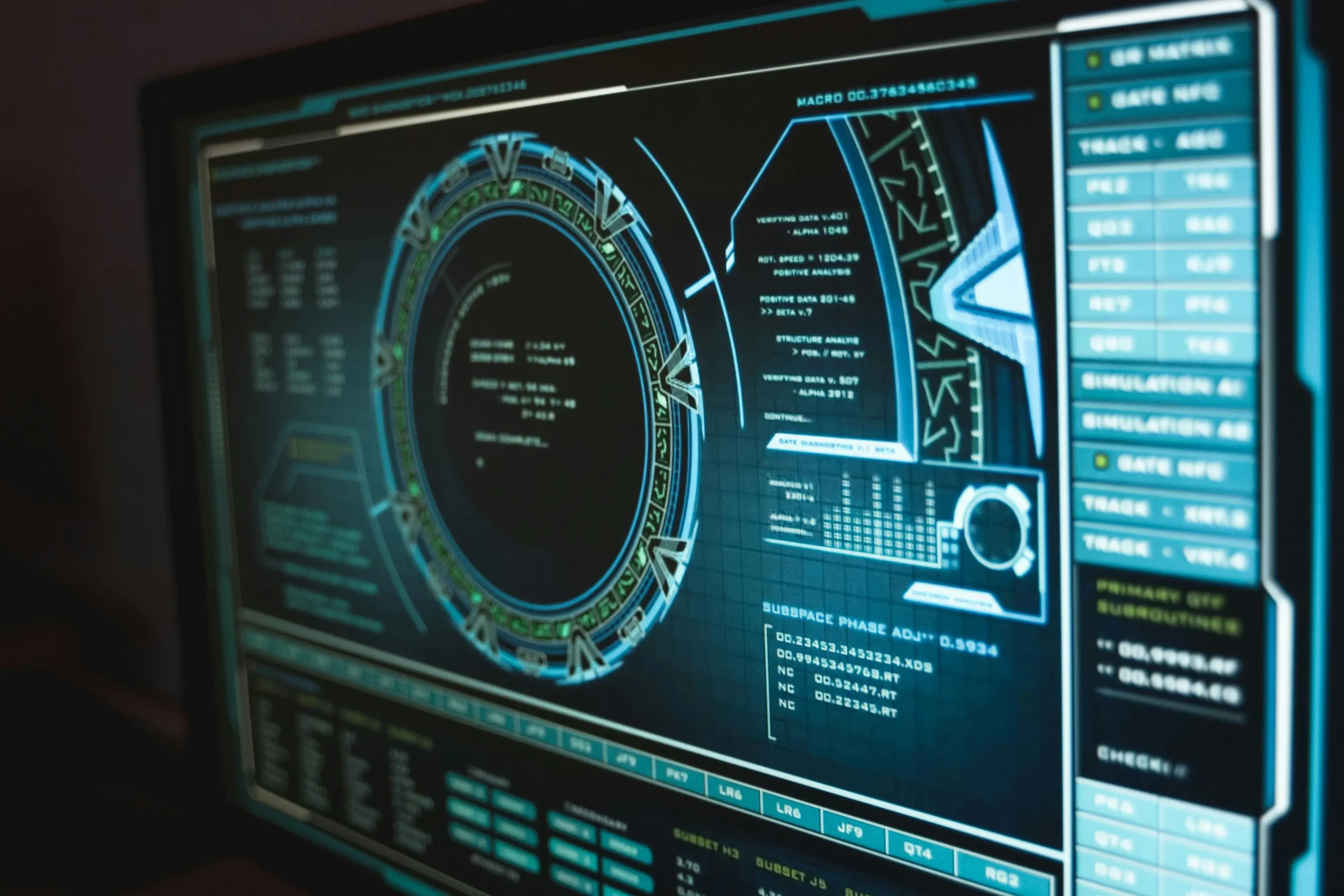Kairos is building on the legacy of molten salt reactors by developing small modular reactors using a mixture of fluorine, lithium, and beryllium as coolant, offering safer operation than conventional water-cooled reactors. Their unique fuel design consists of golfball-sized pebbles embedding uranium seeds with carbon and ceramic shells. With up to $303 million committed by the US Department of Energy for the Hermes reactor at Oak Ridge National Laboratory, Kairos is advancing multiple prototypes to validate their technology at scale.
Small modular reactors like Kairos’s offer reliable baseload power capable of running continuously and independently from the grid, making them suitable for remote locations, safety-critical infrastructure, and growing power demands such as AI data centers. However, the disrupted supply of high-assay uranium due to geopolitical tensions poses a significant risk. Regulatory gaps, including the lack of approved containers for transporting specialized uranium, further complicate deployment.
Kairos plans to bring its first electricity-generating reactor online by 2030, selling power to the Tennessee Valley Authority and clean energy credits to Google, which has committed to significant purchases to decarbonize its data centers. Despite ambitious timelines, the nuclear industry’s tendency for delays and budget overruns underscores the uncertainties ahead for Kairos’s commercial success.
👉 Pročitaj original: MIT Technology Review





